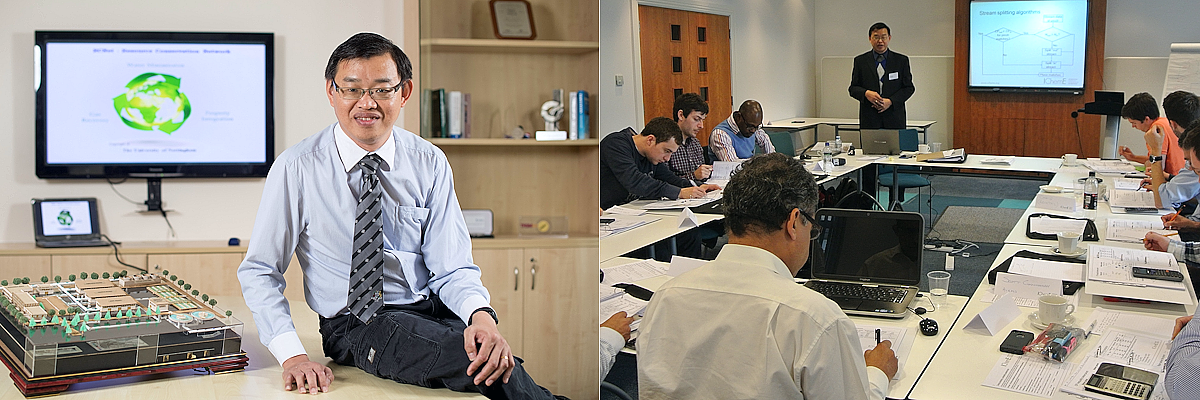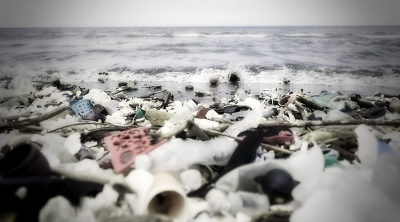
In the spirit of sustainability month in October and ahead of World Sustainability Day on October 26, I’d like to share my thoughts on the reality of our carbon footprint.
The smell of some fruits such as durian or cempedak are unmistakable as their aroma floats in the air. However, it is not the case for carbon dioxide (CO2) which has no aroma unless we measure it with a scientific device, causing many people to be unaware of its dangers in high concentrations.
Back in 2009, a group of scientists proposed the concept of “planetary boundaries” as guidelines for the global community to understand the basics in operating on Mother Earth, much like a manual to operate your oven.
One of the proposed boundaries is to keep the CO2 concentration in the earth’s atmosphere below 350 parts per million (ppm).
As you’re reading this article in 2023, the Keeling curve (the daily record of global atmospheric carbon dioxide concentration maintained by the Scripps Institution of Oceanography at the University of California San Diego), shows that the atmospheric CO2 concentration has been fluctuating between 415 to 425 ppm over the past one year.
Extreme weather patterns
With the rising of CO2 concentration, various extreme weather incidents were reported in different parts of the world.
At home, the Malaysia Meteorological Department (MetMalaysia) has recently warned that temperatures could reach as high as 38°C due to the El Niño phenomenon.
Globally, the wildfires in Greece (July), the serious floods in Beijing (August), the heaviest rainfall in 140 years in Hong Kong (September), were just some of the more serious incidents in recent months.
NASA recorded that July 2023 was the hottest month in recorded human history since 1880.
This record will soon be replaced in a few years since the earth will only get hotter. So, if you’re wondering if climate change will come soon, I’m telling you that it’s already here, it is happening now!
So, what should we do to handle climate change? The Paris agreement, reached in 2015 and adopted by 196 Parties at the UN Climate Change Conference (COP21) in Paris, France, has an overarching goal to hold “the increase in the global average temperature to well below 2°C above pre-industrial levels” and pursue efforts “to limit the temperature increase to 1.5°C above pre-industrial levels.”
These serve as the guiding principle for global communities in working towards a sustainable future.
Decarbonizing with renewable energy
Since the Paris agreement, various countries have also announced their aim towards net zero, which means zero-CO2 emission.
For instance, many countries, including Malaysia, are aiming to achieve net zero by 2050. To achieve this goal, many decarbonization efforts are necessary. For instance, the use of renewable energy resources (solar, hydropower, hydrogen, biomass) should be emphasized.
These renewables will help reduce the carbon footprint of our power generation sector, which is the nation’s biggest CO2 emitter.
Malaysia has aimed to achieve 31% renewables by 2025 and 40% in 2035.
Reaching these targets is important for Malaysia in achieving its net zero goal.
Besides, industrial and commercial entities should do their part to reduce the carbon footprint in their business operations, as part of their efforts in emphasizing their Environment, Social and Governance (ESG) agenda.
Where to start?
As a knowledge bank, researchers at University of Nottingham Malaysia are doing our part in developing various decarbonization toolboxes. One such tool is known as “carbon footprint pinch,” which allows industrial practitioners to visualize which of their processes or products has higher carbon footprint intensity.
Next, efforts can then be made to reduce their carbon footprint that will achieve the reduction goal.
In order to plan where to go, we need to first understand where we are at.
Happy World Sustainability Day!
(Professor Dr Ir Dominic Foo is University of Nottingham Malaysia Director, Center for Green Technologies, CEGT.)

ADVERTISEMENT
ADVERTISEMENT







































